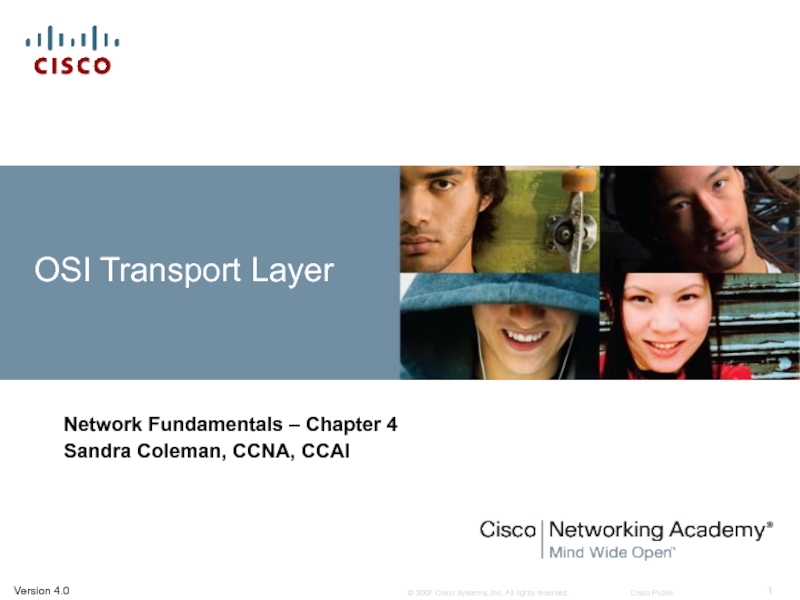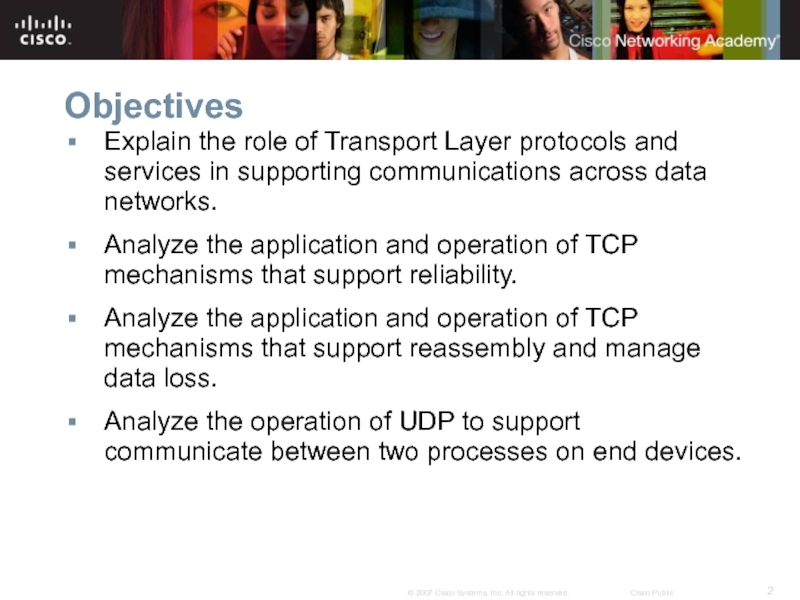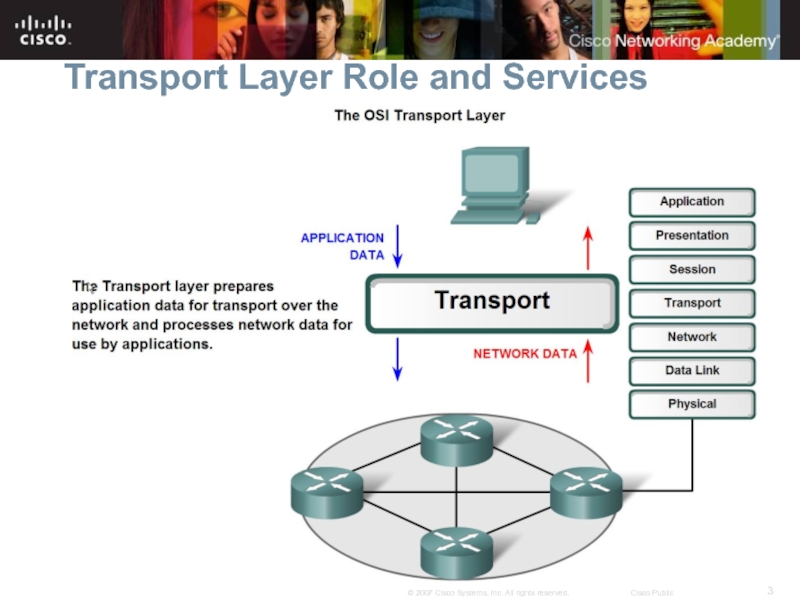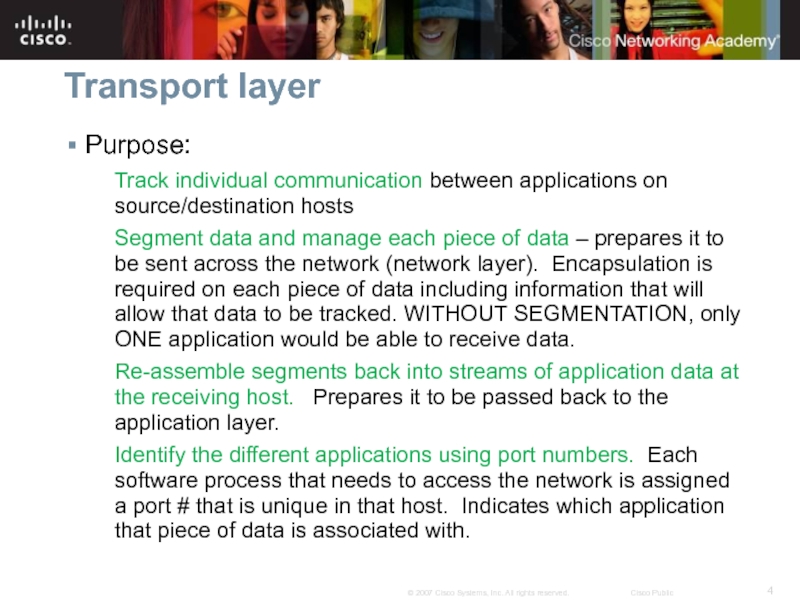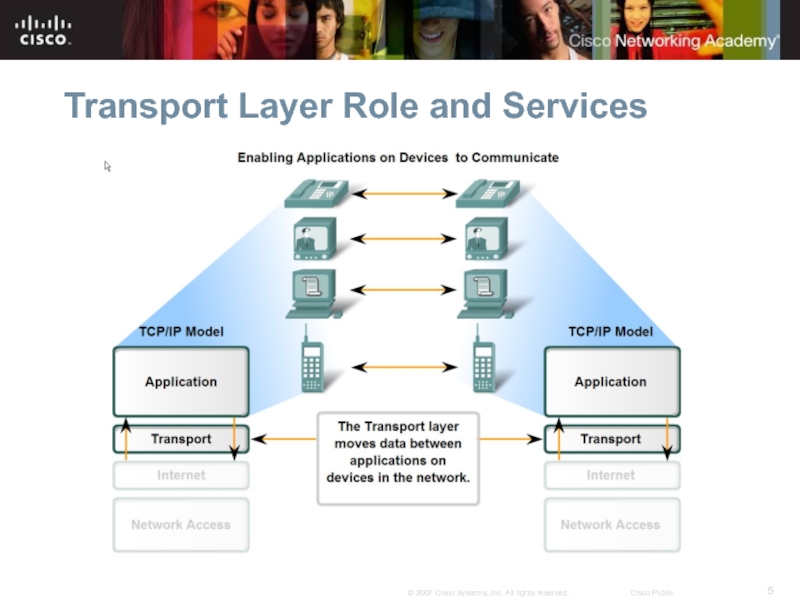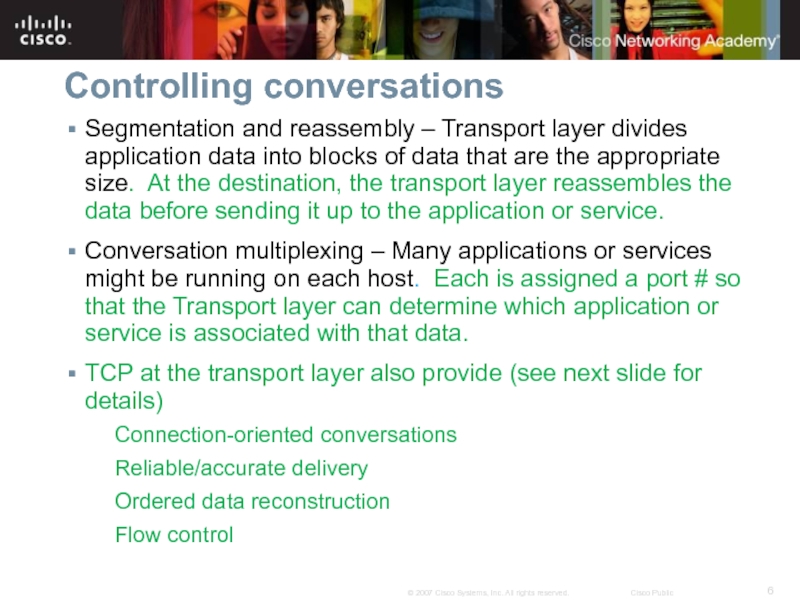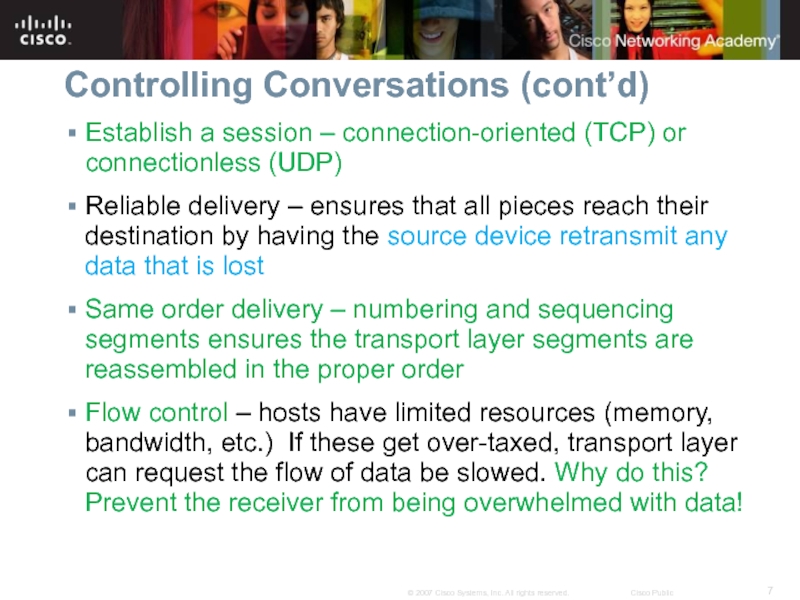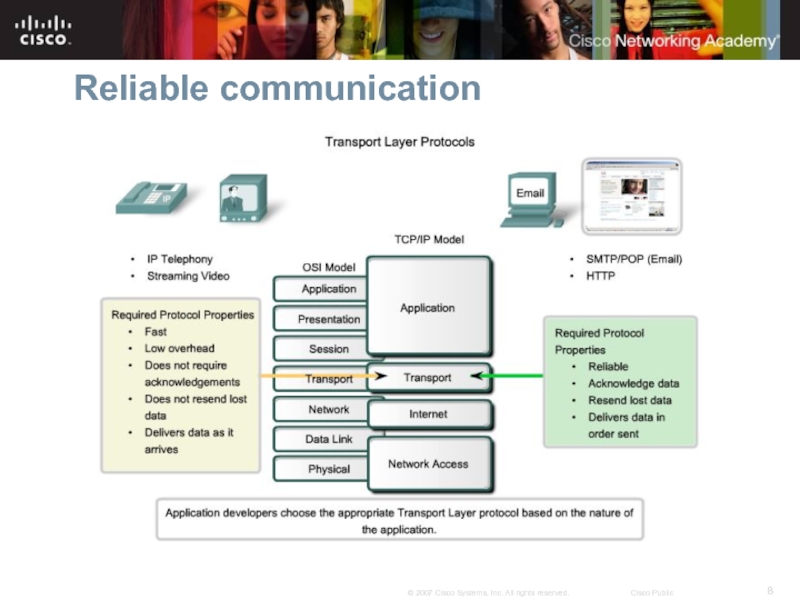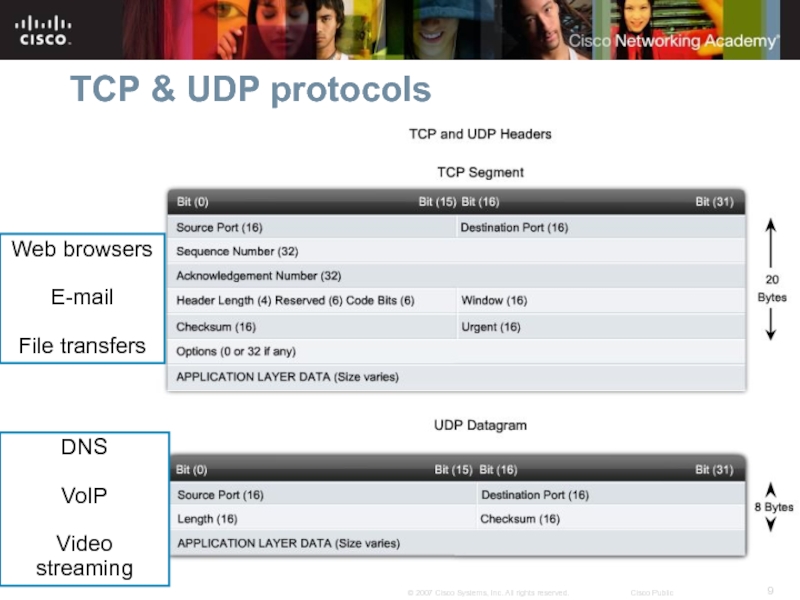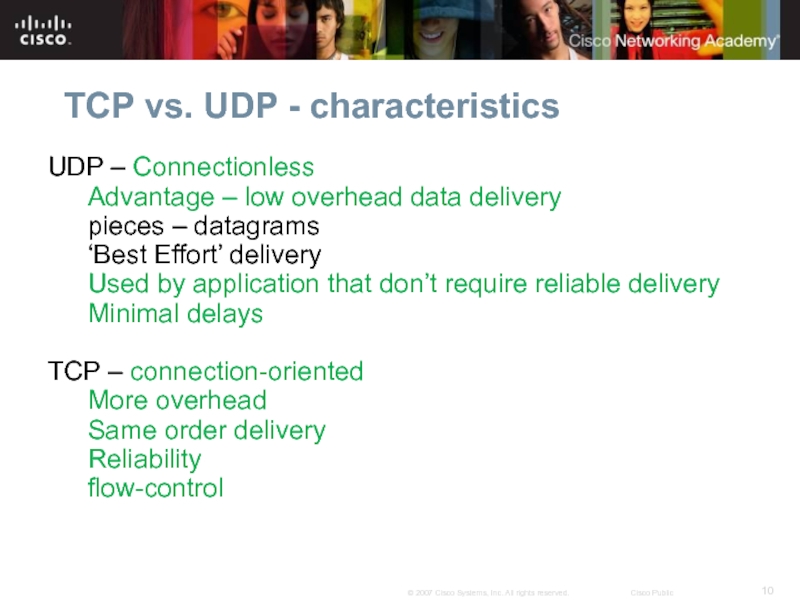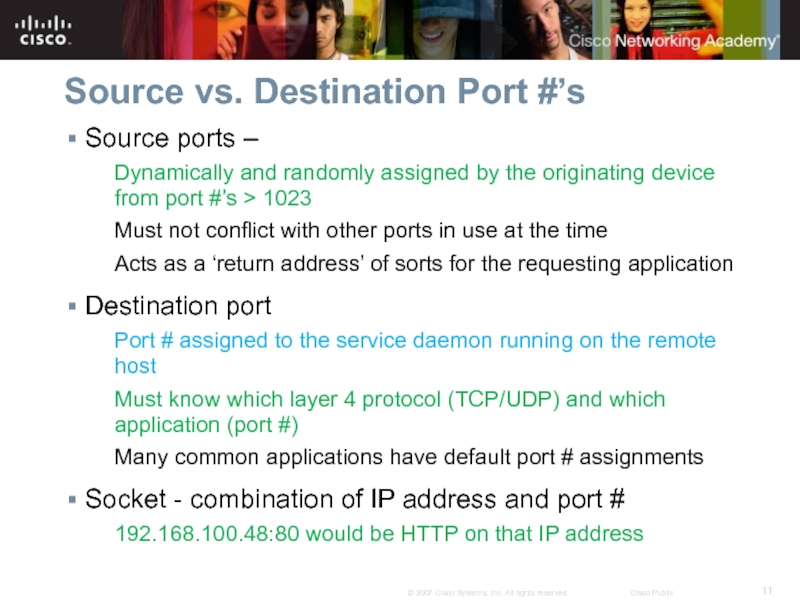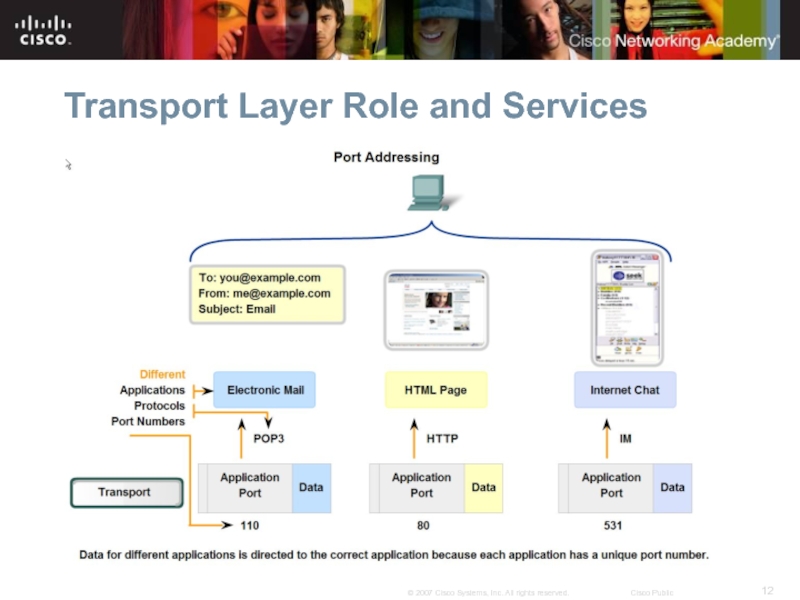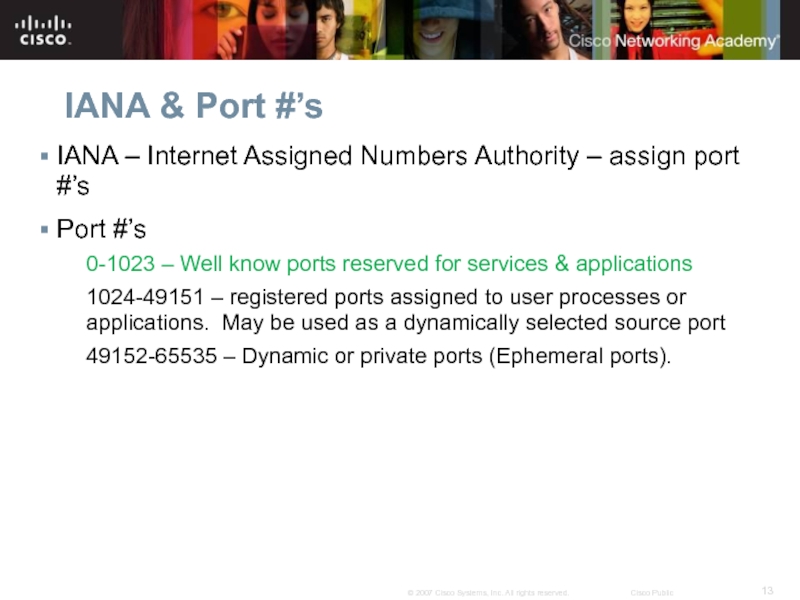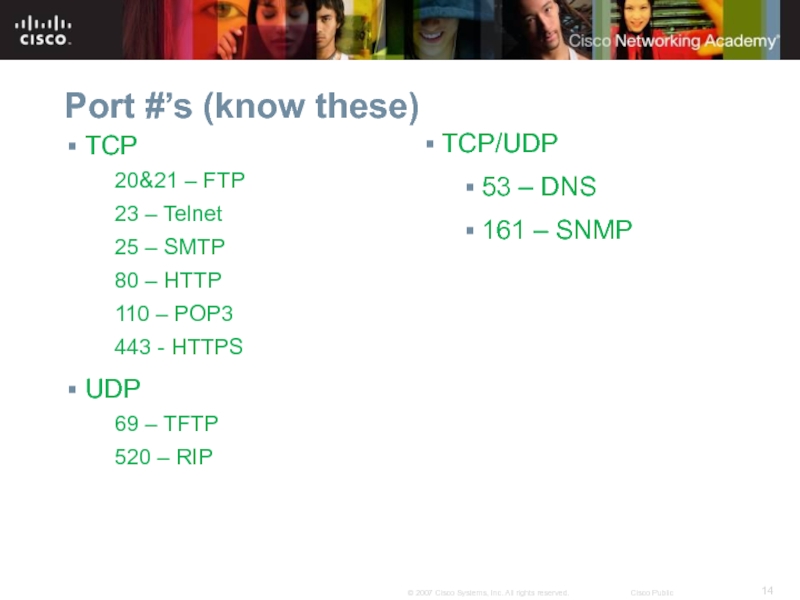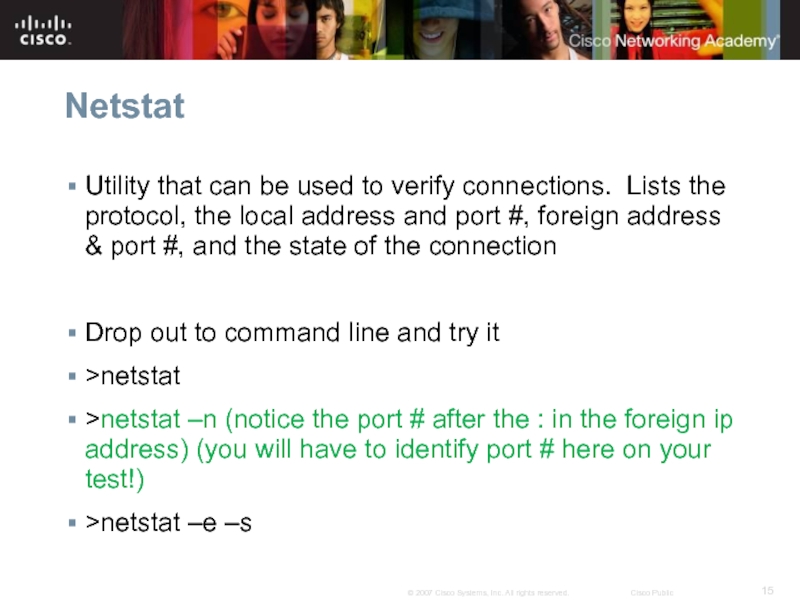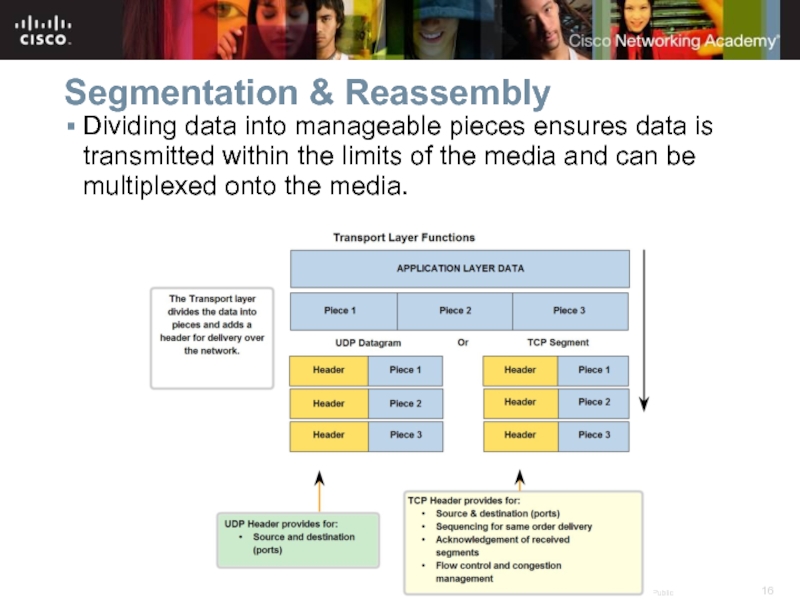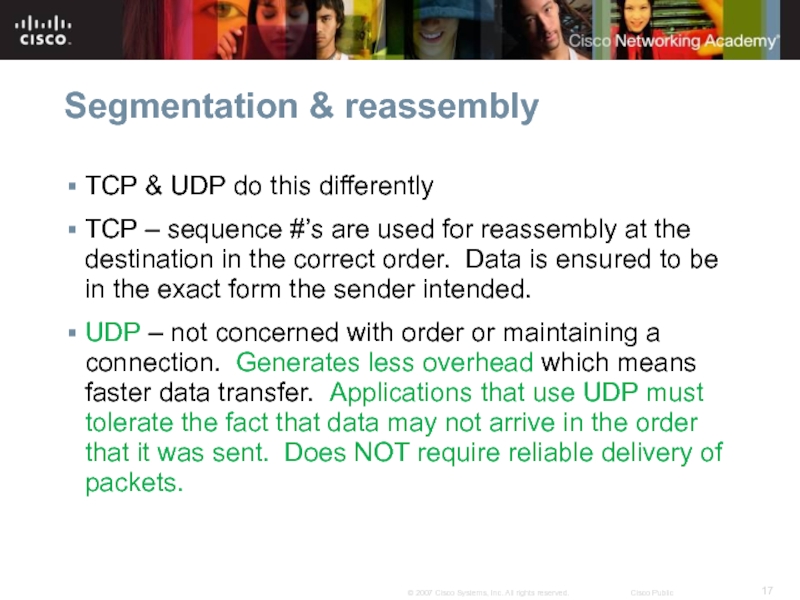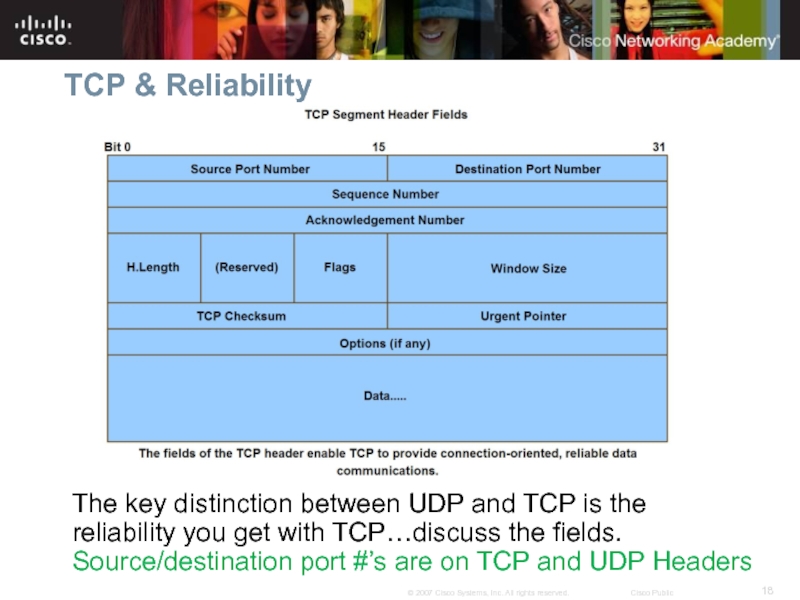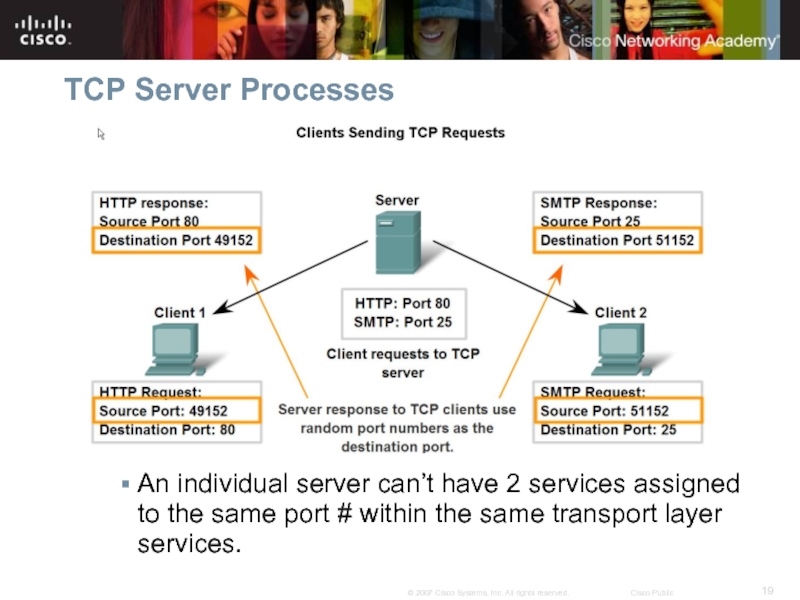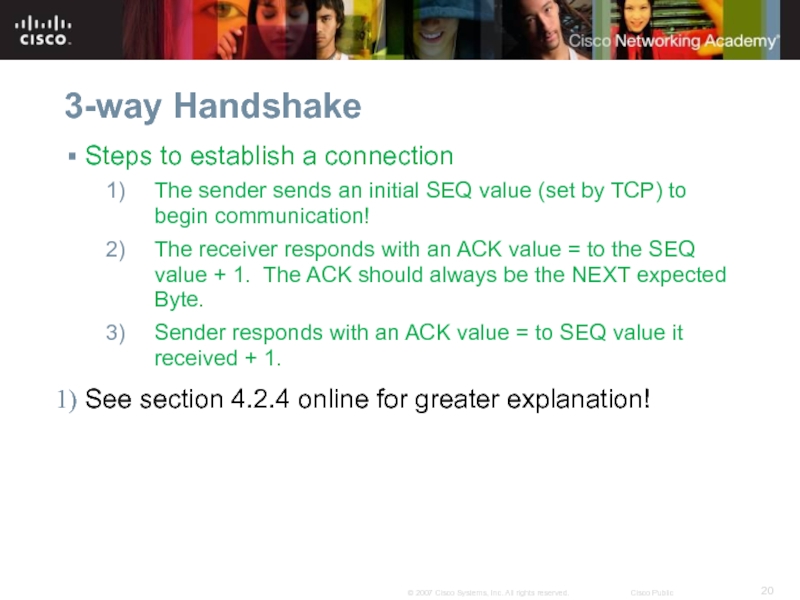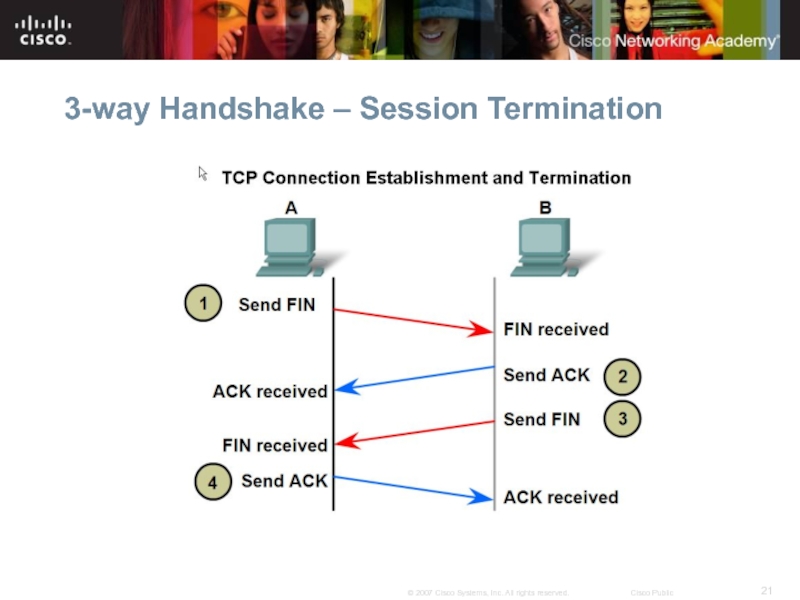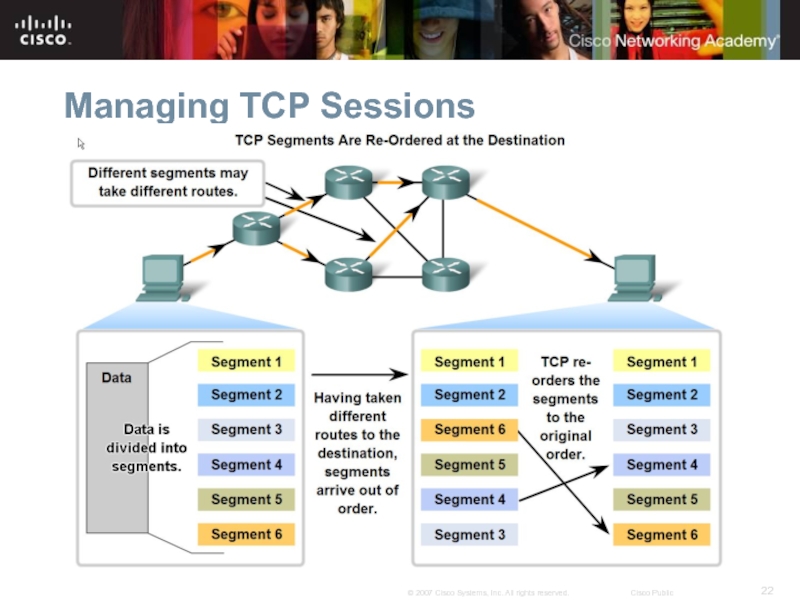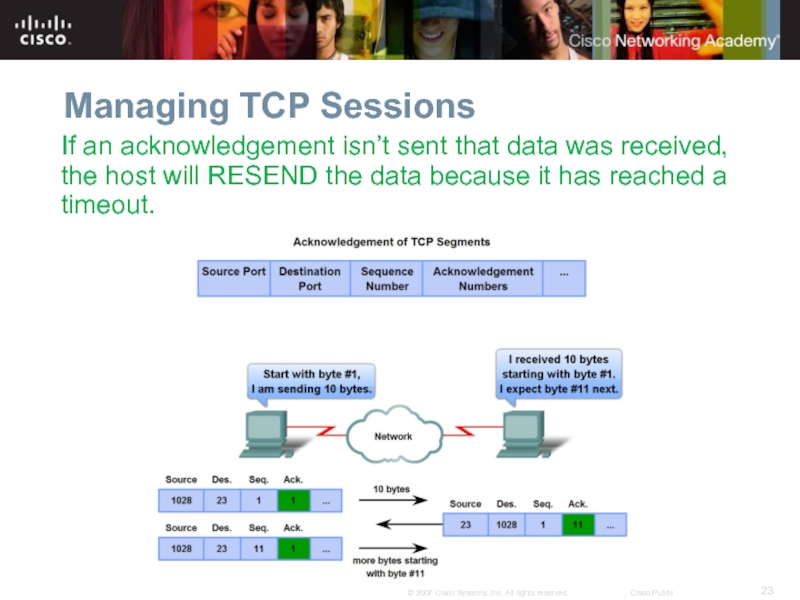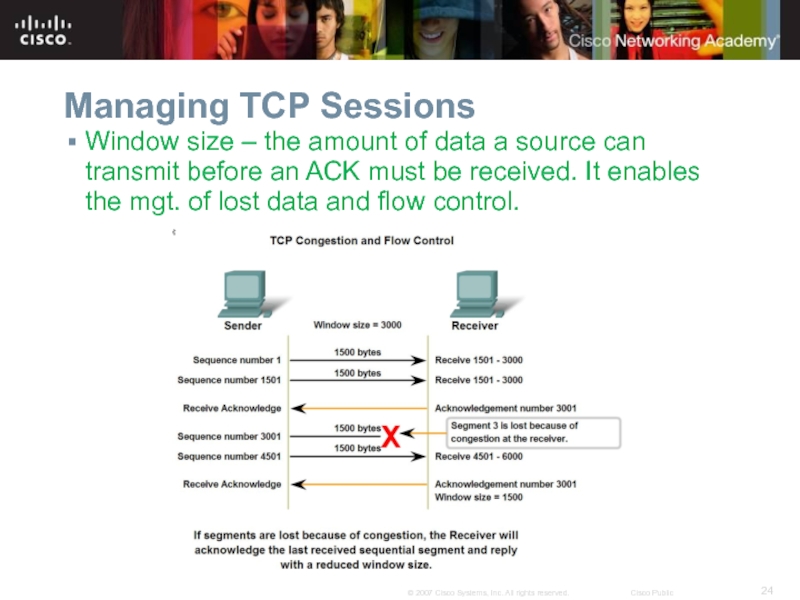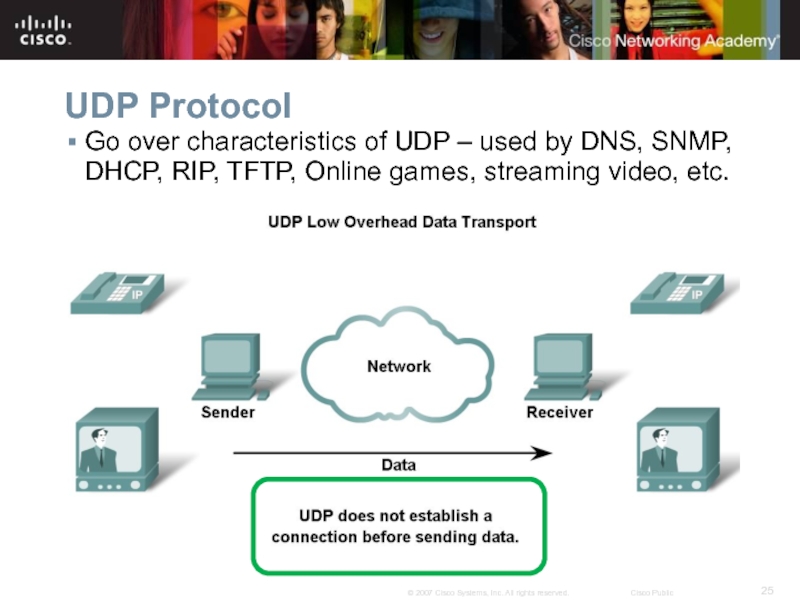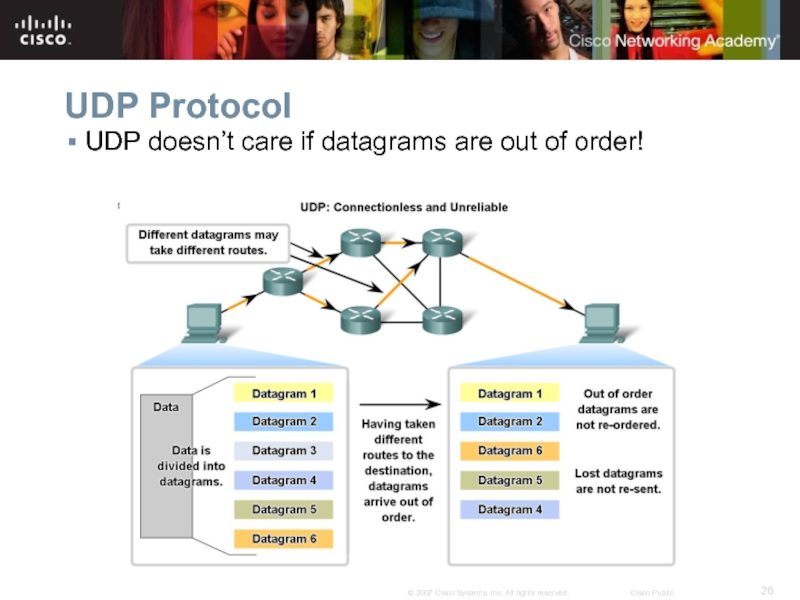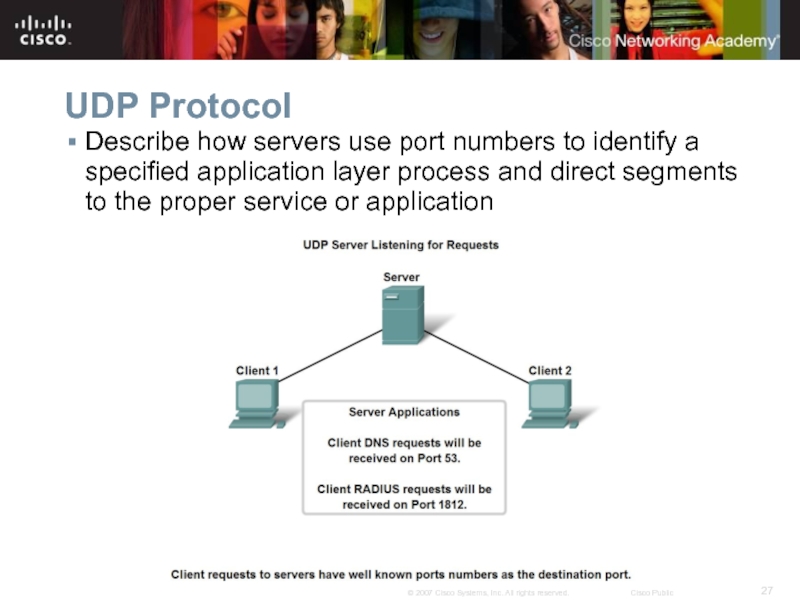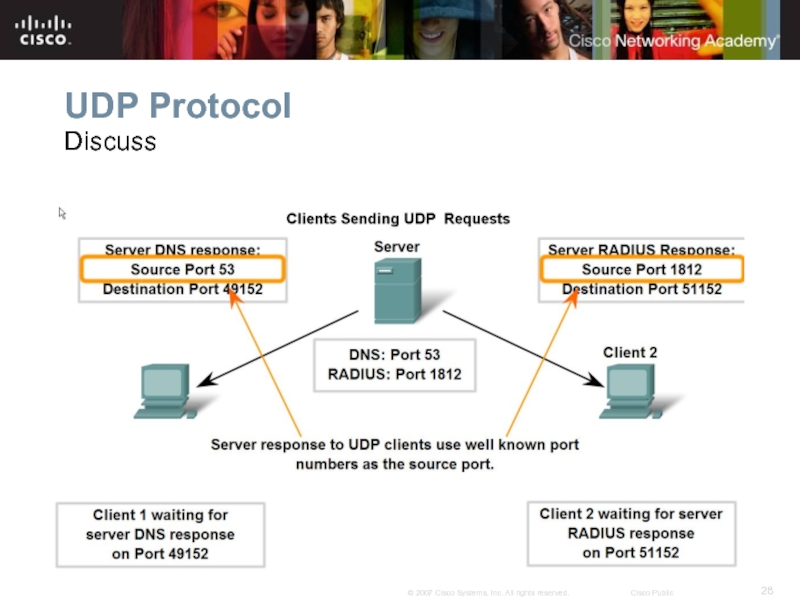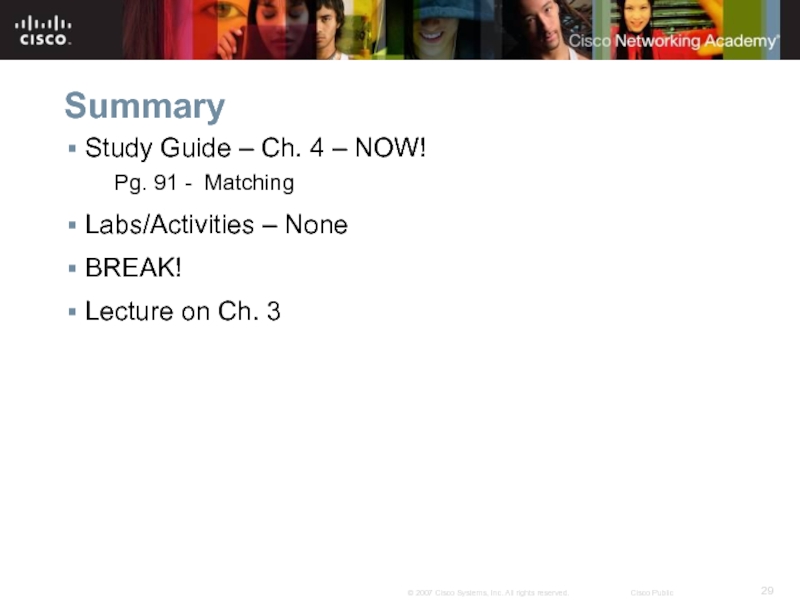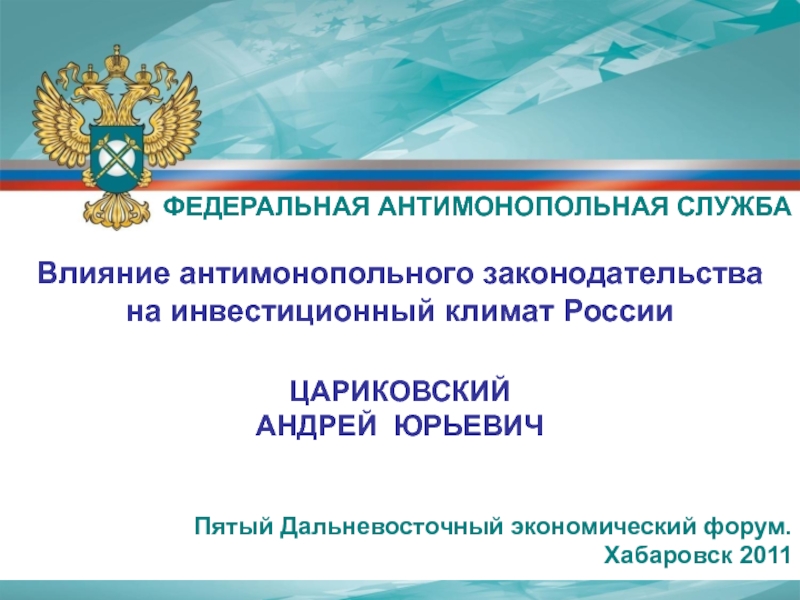- Главная
- Разное
- Дизайн
- Бизнес и предпринимательство
- Аналитика
- Образование
- Развлечения
- Красота и здоровье
- Финансы
- Государство
- Путешествия
- Спорт
- Недвижимость
- Армия
- Графика
- Культурология
- Еда и кулинария
- Лингвистика
- Английский язык
- Астрономия
- Алгебра
- Биология
- География
- Детские презентации
- Информатика
- История
- Литература
- Маркетинг
- Математика
- Медицина
- Менеджмент
- Музыка
- МХК
- Немецкий язык
- ОБЖ
- Обществознание
- Окружающий мир
- Педагогика
- Русский язык
- Технология
- Физика
- Философия
- Химия
- Шаблоны, картинки для презентаций
- Экология
- Экономика
- Юриспруденция
Osi transport layer. Network fundamentals. (Chapter 4) презентация
Содержание
- 1. Osi transport layer. Network fundamentals. (Chapter 4)
- 2. Objectives Explain the role of Transport Layer
- 3. Transport Layer Role and Services
- 4. Transport layer Purpose: Track individual communication between
- 5. Transport Layer Role and Services
- 6. Controlling conversations Segmentation and reassembly – Transport
- 7. Controlling Conversations (cont’d) Establish a session –
- 8. Reliable communication
- 9. TCP & UDP protocols Web browsers
- 10. TCP vs. UDP - characteristics UDP –
- 11. Source vs. Destination Port #’s Source ports
- 12. Transport Layer Role and Services
- 13. IANA & Port #’s IANA – Internet
- 14. Port #’s (know these) TCP 20&21 –
- 15. Netstat Utility that can be used to
- 16. Segmentation & Reassembly Dividing data into manageable
- 17. Segmentation & reassembly TCP & UDP do
- 18. TCP & Reliability The key distinction between
- 19. TCP Server Processes An individual server can’t
- 20. 3-way Handshake Steps to establish a connection
- 21. 3-way Handshake – Session Termination
- 22. Managing TCP Sessions
- 23. Managing TCP Sessions If an acknowledgement isn’t
- 24. Managing TCP Sessions Window size – the
- 25. UDP Protocol Go over characteristics of UDP
- 26. UDP Protocol UDP doesn’t care if datagrams are out of order!
- 27. UDP Protocol Describe how servers use port
- 28. UDP Protocol Discuss
- 29. Summary Study Guide – Ch. 4 –
Слайд 2Objectives
Explain the role of Transport Layer protocols and services in supporting
communications across data networks.
Analyze the application and operation of TCP mechanisms that support reliability.
Analyze the application and operation of TCP mechanisms that support reassembly and manage data loss.
Analyze the operation of UDP to support communicate between two processes on end devices.
Analyze the application and operation of TCP mechanisms that support reliability.
Analyze the application and operation of TCP mechanisms that support reassembly and manage data loss.
Analyze the operation of UDP to support communicate between two processes on end devices.
Слайд 4Transport layer
Purpose:
Track individual communication between applications on source/destination hosts
Segment data and
manage each piece of data – prepares it to be sent across the network (network layer). Encapsulation is required on each piece of data including information that will allow that data to be tracked. WITHOUT SEGMENTATION, only ONE application would be able to receive data.
Re-assemble segments back into streams of application data at the receiving host. Prepares it to be passed back to the application layer.
Identify the different applications using port numbers. Each software process that needs to access the network is assigned a port # that is unique in that host. Indicates which application that piece of data is associated with.
Re-assemble segments back into streams of application data at the receiving host. Prepares it to be passed back to the application layer.
Identify the different applications using port numbers. Each software process that needs to access the network is assigned a port # that is unique in that host. Indicates which application that piece of data is associated with.
Слайд 6Controlling conversations
Segmentation and reassembly – Transport layer divides application data into
blocks of data that are the appropriate size. At the destination, the transport layer reassembles the data before sending it up to the application or service.
Conversation multiplexing – Many applications or services might be running on each host. Each is assigned a port # so that the Transport layer can determine which application or service is associated with that data.
TCP at the transport layer also provide (see next slide for details)
Connection-oriented conversations
Reliable/accurate delivery
Ordered data reconstruction
Flow control
Conversation multiplexing – Many applications or services might be running on each host. Each is assigned a port # so that the Transport layer can determine which application or service is associated with that data.
TCP at the transport layer also provide (see next slide for details)
Connection-oriented conversations
Reliable/accurate delivery
Ordered data reconstruction
Flow control
Слайд 7Controlling Conversations (cont’d)
Establish a session – connection-oriented (TCP) or connectionless (UDP)
Reliable
delivery – ensures that all pieces reach their destination by having the source device retransmit any data that is lost
Same order delivery – numbering and sequencing segments ensures the transport layer segments are reassembled in the proper order
Flow control – hosts have limited resources (memory, bandwidth, etc.) If these get over-taxed, transport layer can request the flow of data be slowed. Why do this? Prevent the receiver from being overwhelmed with data!
Same order delivery – numbering and sequencing segments ensures the transport layer segments are reassembled in the proper order
Flow control – hosts have limited resources (memory, bandwidth, etc.) If these get over-taxed, transport layer can request the flow of data be slowed. Why do this? Prevent the receiver from being overwhelmed with data!
Слайд 10TCP vs. UDP - characteristics
UDP – Connectionless
Advantage – low overhead data
delivery
pieces – datagrams
‘Best Effort’ delivery
Used by application that don’t require reliable delivery
Minimal delays
TCP – connection-oriented
More overhead
Same order delivery
Reliability
flow-control
pieces – datagrams
‘Best Effort’ delivery
Used by application that don’t require reliable delivery
Minimal delays
TCP – connection-oriented
More overhead
Same order delivery
Reliability
flow-control
Слайд 11Source vs. Destination Port #’s
Source ports –
Dynamically and randomly assigned
by the originating device from port #’s > 1023
Must not conflict with other ports in use at the time
Acts as a ‘return address’ of sorts for the requesting application
Destination port
Port # assigned to the service daemon running on the remote host
Must know which layer 4 protocol (TCP/UDP) and which application (port #)
Many common applications have default port # assignments
Socket - combination of IP address and port #
192.168.100.48:80 would be HTTP on that IP address
Must not conflict with other ports in use at the time
Acts as a ‘return address’ of sorts for the requesting application
Destination port
Port # assigned to the service daemon running on the remote host
Must know which layer 4 protocol (TCP/UDP) and which application (port #)
Many common applications have default port # assignments
Socket - combination of IP address and port #
192.168.100.48:80 would be HTTP on that IP address
Слайд 13IANA & Port #’s
IANA – Internet Assigned Numbers Authority – assign
port #’s
Port #’s
0-1023 – Well know ports reserved for services & applications
1024-49151 – registered ports assigned to user processes or applications. May be used as a dynamically selected source port
49152-65535 – Dynamic or private ports (Ephemeral ports).
Port #’s
0-1023 – Well know ports reserved for services & applications
1024-49151 – registered ports assigned to user processes or applications. May be used as a dynamically selected source port
49152-65535 – Dynamic or private ports (Ephemeral ports).
Слайд 14Port #’s (know these)
TCP
20&21 – FTP
23 – Telnet
25 – SMTP
80 –
HTTP
110 – POP3
443 - HTTPS
UDP
69 – TFTP
520 – RIP
110 – POP3
443 - HTTPS
UDP
69 – TFTP
520 – RIP
TCP/UDP
53 – DNS
161 – SNMP
Слайд 15Netstat
Utility that can be used to verify connections. Lists the protocol,
the local address and port #, foreign address & port #, and the state of the connection
Drop out to command line and try it
>netstat
>netstat –n (notice the port # after the : in the foreign ip address) (you will have to identify port # here on your test!)
>netstat –e –s
Drop out to command line and try it
>netstat
>netstat –n (notice the port # after the : in the foreign ip address) (you will have to identify port # here on your test!)
>netstat –e –s
Слайд 16Segmentation & Reassembly
Dividing data into manageable pieces ensures data is transmitted
within the limits of the media and can be multiplexed onto the media.
Слайд 17Segmentation & reassembly
TCP & UDP do this differently
TCP – sequence #’s
are used for reassembly at the destination in the correct order. Data is ensured to be in the exact form the sender intended.
UDP – not concerned with order or maintaining a connection. Generates less overhead which means faster data transfer. Applications that use UDP must tolerate the fact that data may not arrive in the order that it was sent. Does NOT require reliable delivery of packets.
UDP – not concerned with order or maintaining a connection. Generates less overhead which means faster data transfer. Applications that use UDP must tolerate the fact that data may not arrive in the order that it was sent. Does NOT require reliable delivery of packets.
Слайд 18TCP & Reliability
The key distinction between UDP and TCP is the
reliability you get with TCP…discuss the fields.
Source/destination port #’s are on TCP and UDP Headers
Source/destination port #’s are on TCP and UDP Headers
Слайд 19TCP Server Processes
An individual server can’t have 2 services assigned to
the same port # within the same transport layer services.
Слайд 203-way Handshake
Steps to establish a connection
The sender sends an initial SEQ
value (set by TCP) to begin communication!
The receiver responds with an ACK value = to the SEQ value + 1. The ACK should always be the NEXT expected Byte.
Sender responds with an ACK value = to SEQ value it received + 1.
See section 4.2.4 online for greater explanation!
The receiver responds with an ACK value = to the SEQ value + 1. The ACK should always be the NEXT expected Byte.
Sender responds with an ACK value = to SEQ value it received + 1.
See section 4.2.4 online for greater explanation!
Слайд 23Managing TCP Sessions
If an acknowledgement isn’t sent that data was received,
the host will RESEND the data because it has reached a timeout.
Слайд 24Managing TCP Sessions
Window size – the amount of data a source
can transmit before an ACK must be received. It enables the mgt. of lost data and flow control.
Слайд 25UDP Protocol
Go over characteristics of UDP – used by DNS, SNMP,
DHCP, RIP, TFTP, Online games, streaming video, etc.
Слайд 27UDP Protocol
Describe how servers use port numbers to identify a specified
application layer process and direct segments to the proper service or application
Слайд 29Summary
Study Guide – Ch. 4 – NOW!
Pg. 91 - Matching
Labs/Activities –
None
BREAK!
Lecture on Ch. 3
BREAK!
Lecture on Ch. 3
